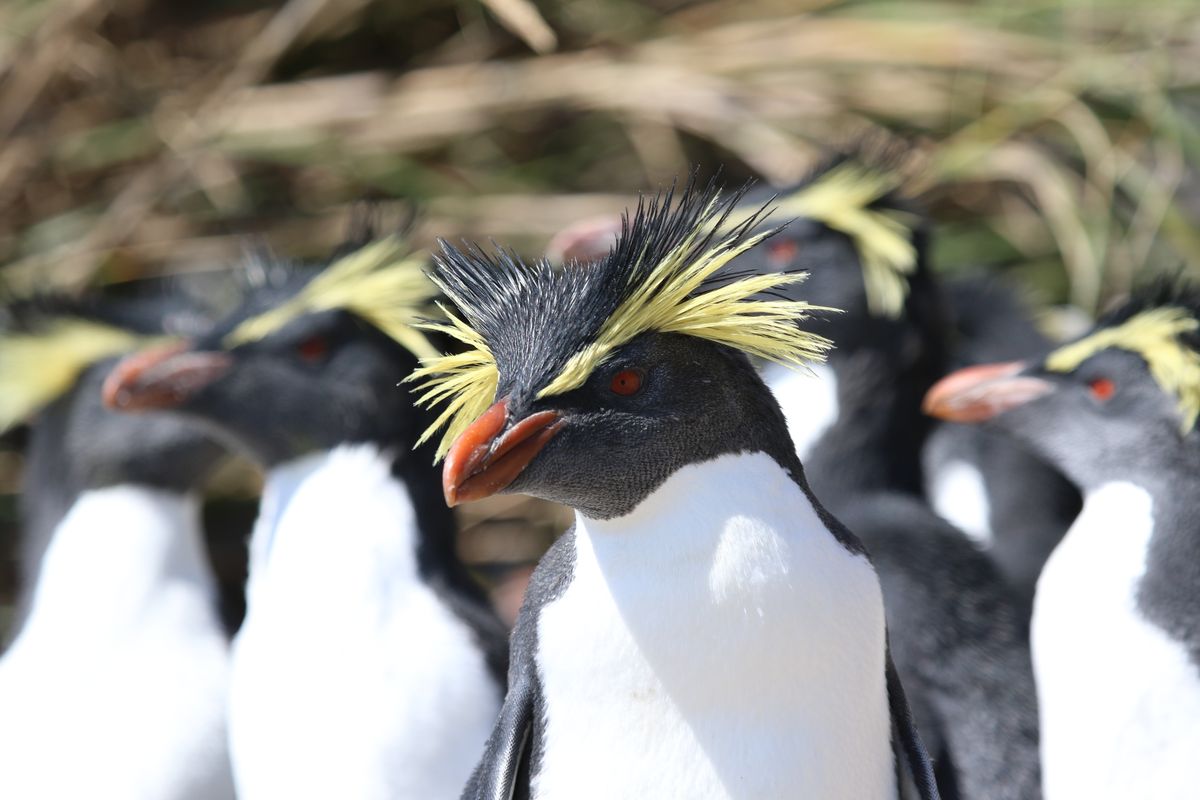‘Most remote island’ creates massive marine protection zone

LONDON – Tristan da Cunha, an island with 245 permanent residents, is creating a marine protection zone to safeguard endangered rockhopper penguins, yellow-nosed albatross and other wildlife in an area of the South Atlantic three times the size of the United Kingdom.
The government of the British overseas territory, which calls itself the most remote inhabited island on Earth, said Friday that fishing and other “extractive activities” will be banned from 242,181 square miles of ocean around Tristan da Cunha and the archipelago’s three other major islands.
The sanctuary will be the biggest “no-take zone” in the Atlantic Ocean and the fourth biggest anywhere in the world, protecting fish that live in the waters and tens of millions of seabirds that feed on them, the territory said. The isolated area, roughly equidistant between South Africa and Argentina, supports 85% of the endangered northern rockhopper penguins, 11 species of whales and dolphins, and most of world’s sub-Antarctic fur seals, according to the Pew Bertarelli Ocean Legacy Project.
“Our life on Tristan da Cunha has always been based around our relationship with the sea, and that continues today,” James Glass, the territory’s chief islander, said in a statement. “That’s why we’re fully protecting 90% of our waters, and we’re proud that we can play a key role in preserving the health of the oceans.”
The protection zone will become part of the U.K.’s Blue Belt Program, which is providing $35.5 million to promote marine conservation in the country’s overseas territories. The initiative has now protected 4.3 million square miles of marine environment, or 1% of the world’s oceans, Prime Minister Boris Johnson’s office said.
The waters around Tristan da Cunha serve as a feeding ground for the critically endangered Tristan albatross and endangered yellow-nosed albatross.
The islands are also home to several species of land birds that live nowhere else, including the Wilkins bunting, the U.K.’s rarest bird, and the Inaccessible Island rail, the world’s smallest flightless bird, according to the Royal Society for the Protection of Birds.
The Pew Bertarelli project, which promotes the creation of marine reserves around the world, said it would help Tristan da Cunha protect its waters with technology that uses real-time data to evaluate ocean conditions and human activity such as fishing. The project is a joint venture of the Pew Charitable Trusts and the Bertarelli Foundation.
“This ambitious decision by the Tristan da Cunha Island Council to protect the archipelago’s waters is a great example of local leadership that has a global impact,” Dona Bertarelli, co-chair of the Bertarelli Foundation, said in a statement.
The territory includes four main islands, the largest of which is Tristan da Cunha, located around 1,750 miles west of Cape Town, South Africa. It was discovered by the Dutch in 1643.
Britain took possession of Tristan da Cunha 1816, establishing the territory’s first permanent settlement. The island was evacuated after a volcanic eruption in 1961, but the islanders returned in 1963.
The territory’s most important source of income is commercial fishing for crayfish, known as the Tristan Rock Lobster, which is sold as a luxury product in the U.S., Europe, Japan and China.
“This small community is responsible for one of the biggest conservation achievements of 2020,” said Beccy Speight, chief executive of the Royal Society for the Protection of Birds. “This will protect one of the most pristine marine environments on the planet.”